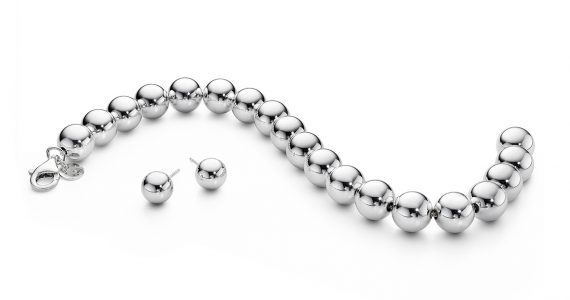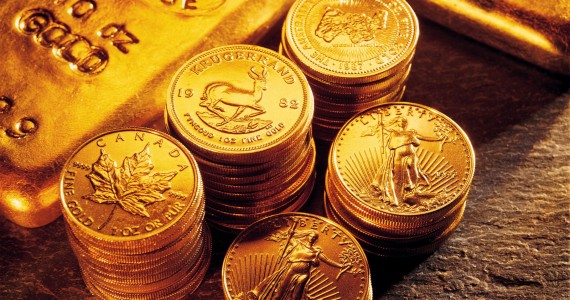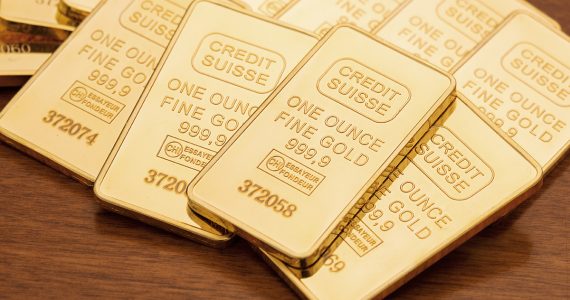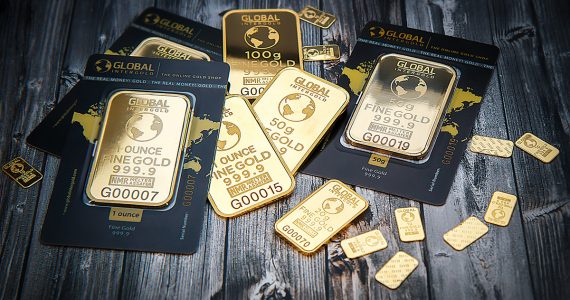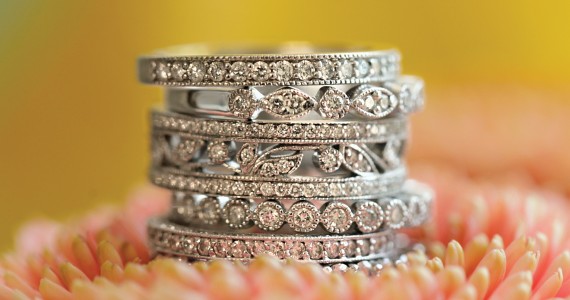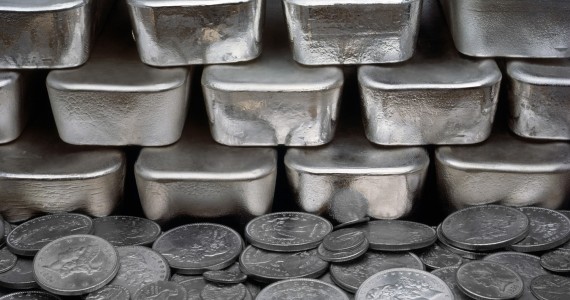When the element tin is brought up, one immediately thinks of tin cans. The association remains strong even though cans today are comprised mainly of aluminum. Actually even the tin cans in the 1800s were made mostly from steel with tin plating. But even if that’s the case tin is still useful.
What is Tin Used For?
Tin is frequently utilized in glass production and to add anti-corrosion elements to alloys. Pewter is mainly tin, and you’ll find tin in various alloyed or mixed metals. Looking back at history it’s most important use is in the manufacturing of bronze.
Bronze is an alloy of tin, copper and other metals, and this development led to the Bronze Age. People had been creating and trading bronze weapons and tools for a long time, but it really became common in the Near East in 3300 BC. From that time on, tin became widely used as an alloy in many parts of the world.
Tin Facts and Properties
Studies conducted at the Jefferson National Linear Accelerator Laboratory show that it has an atomic number of 50 and an atomic weight of 118.7. Its symbol in the Periodic Table is Sn and has a 7.287 g per cu cm density.
The boiling point of tin is 4,715 F (2,602 C) and its melting point is 231.93 degrees Celsius or 449.47 degrees Fahrenheit. It is solid at room temperature.
Tin has 51 isotopes of which 8 are stable. Its most common isotopes are Sn-124 (5.79 %), Sn-122 (4.63 %), Sn-120 (32.58 %), Sn-119 (8.59 %, Sn-118 (24.22 %),Sn-117 (7.68 %), Sn-116 (14.54 %), Sn-115 (0.34 %),Sn-114 (0.66 %) and Sn-112 (97%).
Where is Tin Found?
Even though it is widely used, tin is quite rare at only 2 ppm of the crust. In studies conducted by the US Geological Survey, tin can be extracted from different types of ores, but mainly from Cassiterite (SnO2).
Once extracted, the oxide ore is reduced using coal inside a furnace. It is during this process that tin is extracted. Tin is mostly produced in Nigeria, Thailand, Zaire, Indonesia, Bolivia and Malaya. Research conducted by the Los Alamos National Laboratory states that very little tin has been found in the US except in Alaska and California.
History and Discovery
Evidence suggests that tin has been used as an alloy for bronze for 5,000 years. Archaeologists have also determined that the ancients sometimes used tin as is. In 2011, archaeologists uncovered a small pure tin near a Jewish temple in Jerusalem. The tin piece had “pure for God” written on it in Aramaic, indicating that it was used for religious purposes.
But the metal is of course best known for its use in cans. The tin can was the answer to the problem of how to feed the troops who are always moving. It was such a huge problem that Napoleon offered a financial reward to those who could find a way to preserve food and drinks.
In 1810, Nicolas Appert received the money when he invented canning, preserving drinks and foods in bottles by sealing it with boiled water. That same year, the British merchant Peter Durand applied for a trademark in the use of tin plated steel for food storage. Because tin is corrosion resistant it became the ideal cover for steel cans.
8 years later the tin arrived on US shores and in 1825 the tin can was patented by Thomas Kensett & Co. The use of tin cans spread during the Civil War as generals had to find ways to keep their troops fed.
The popularity of tin cans eroded in the early years of the 20th century when aluminum cans became popular. Aluminum is lighter and more affordable than tin, and it can be recycled too. All these advantages led to mass production of aluminum cans and the tin can was abandoned.
While the tin can is no longer being used, that does not mean tin is no longer used in other ways. As the years have gone by, researchers learned to combine tin with niobium to create a highly conductive metal to be used for wiring.
A lead and tin alloy is ideal for soldering and tin can be mixed with copper and other metals to produce pewter. Tin is also used in the Pilkington Process to make glass.
Tin also makes up 92% of Britannia metal. Britannia metal is the material used to make the Oscar statuettes, only they’re plated with gold. The rest of the statue is made of antimony and copper, so yes, those Oscars are not 100% gold.
Conclusion
It is true that tin is no longer as widely used as before, but it is still a valuable metal with myriad applications. With development of graphene and stanene – materials that use tin – there is still life in this old metal.


